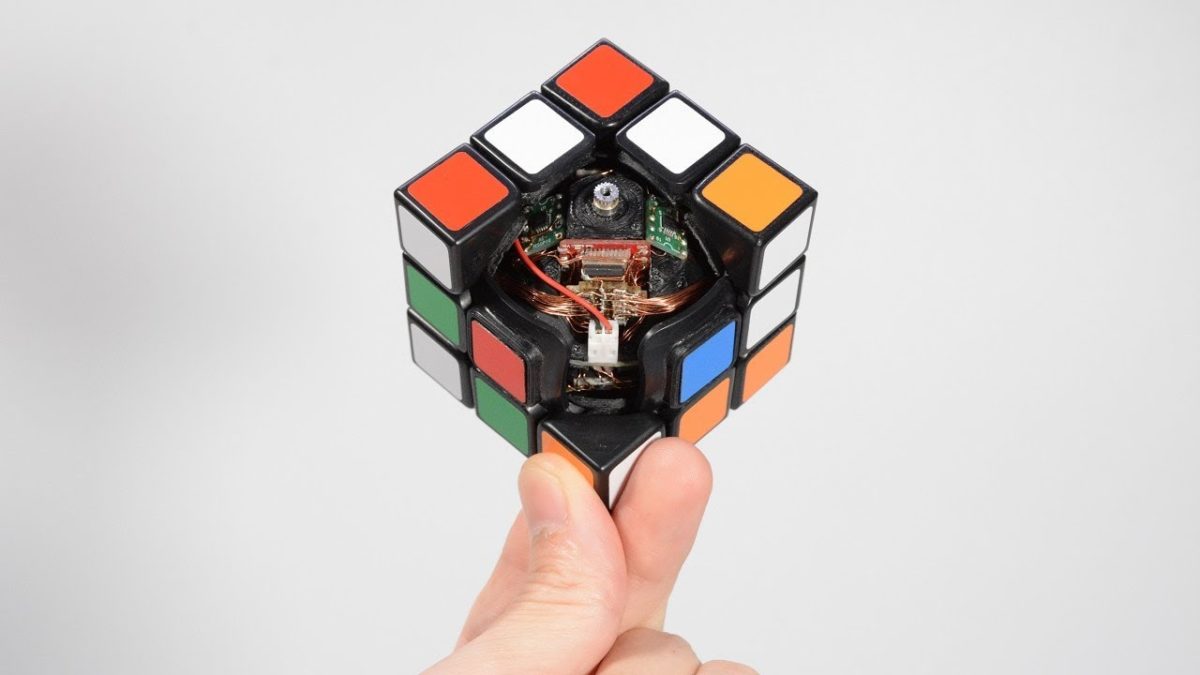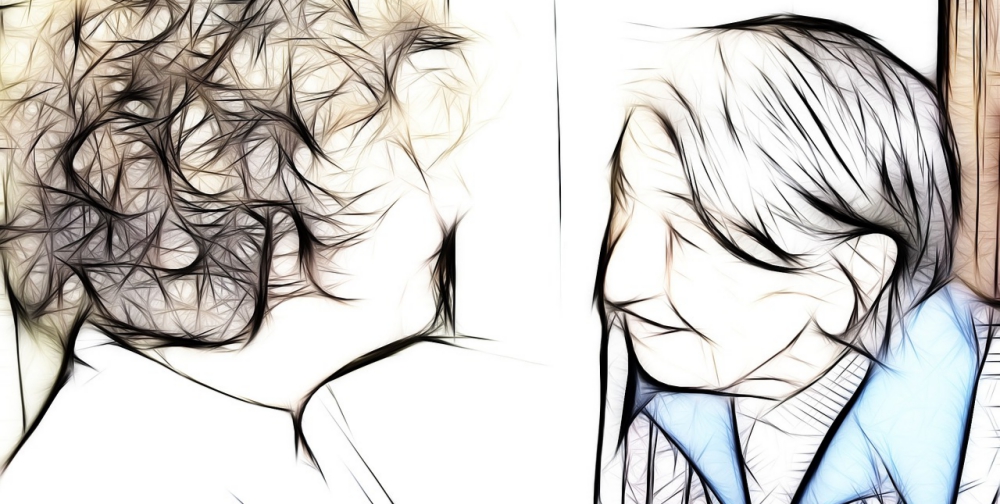“When you are trying to restore a Rubik’s cube with your eyes closed, the master has created a Rubik’s cube which has no soul.”
If you’re looking for a toy that works best with geekiness, it’s probably the Rubik’s cube.
The seemingly ordinary cube, which is divided into different colors and can be simply twisted and scrambled, can be seen in a myriad of ways but very hard to restore. People enjoy the sense of achievement after successfully restoring it, but also hate that they are fascinated by the mathematical model behind the cube. It is said that one out of every seven people in the world has played the cube, and with the addition of a lot of smart and Talented players, we can often see various magic skills, such as restoring the cube with one hand.

Even with eyes closed

These guys almost play the cube to a magical level, but the challenge to the cube seems never-ending. A Japanese engineer recently tried out a “soulless cube.” Why soulless? You’ll see that when you finish this video down here:
Yes, you read that right, this engineer has tried something unthinkable, he made a Rubik’s cube that could be restored automatically: Self-solving Rubik’s Cube

It may look like a regular cube, but it’s a real cube that restores itself: no matter how complicated you make it, even twist it into a ball, it comes back.
How did he do that? It turned out that the engineer had changed the core of the Rubik’s cube into an electromechanical structure. He first designed the motor model on the computer, the model contains the complicated mechanical structure such as motor, wire, and battery, making the cube has the basis of automation.


To achieve full automation, we still have to rely on machine learning. The advantage of machine learning is that, through the learning of primary data, the solution of Rubik’s cube, which is very complex in our eyes, is the training of data. And relatively speaking, the complexity of the third order cube has an end, if there is no strict time limit, there’s no problem doing it with machine learning.

Many engineers have already built a mechanical arm that can restore the Rubik’s cube, some of which can be analyzed and restored utilizing cameras. This time, the motor is installed inside the Rubik’s cube, and the reduction is completed by mastering the structural changes, but this time, the motor is connected inside the Rubik’s cube, restoring the cube by learning the structural changes. Starting from the particular inner core, Human Controller made specific cube pieces through 3D printing, therefore, brought this Self-solving Rubik’s Cube to life.
With the addition of artificial intelligence and machine learning, a lot of things that used to be very complicated for us are becoming easy or even very simple, but a lot of the fun we once had seems to disappear as a result.

What kind of puzzle toys should I buy for my kids? Am I buying it to let them have fun or the enjoy the victory over a robot? Will there be a game between human an robot regarding Rubik’s cube, like Alpha Go vs. Lee Sedol?
Some things perhaps shouldn’t be meddled in by robots because we’re not trying to solve problems, we’re trying to enjoy the pleasure of addressing them.
My dear classmates, will you buy this cube?
Source: https://media.dmm-make.com/item/4462/



